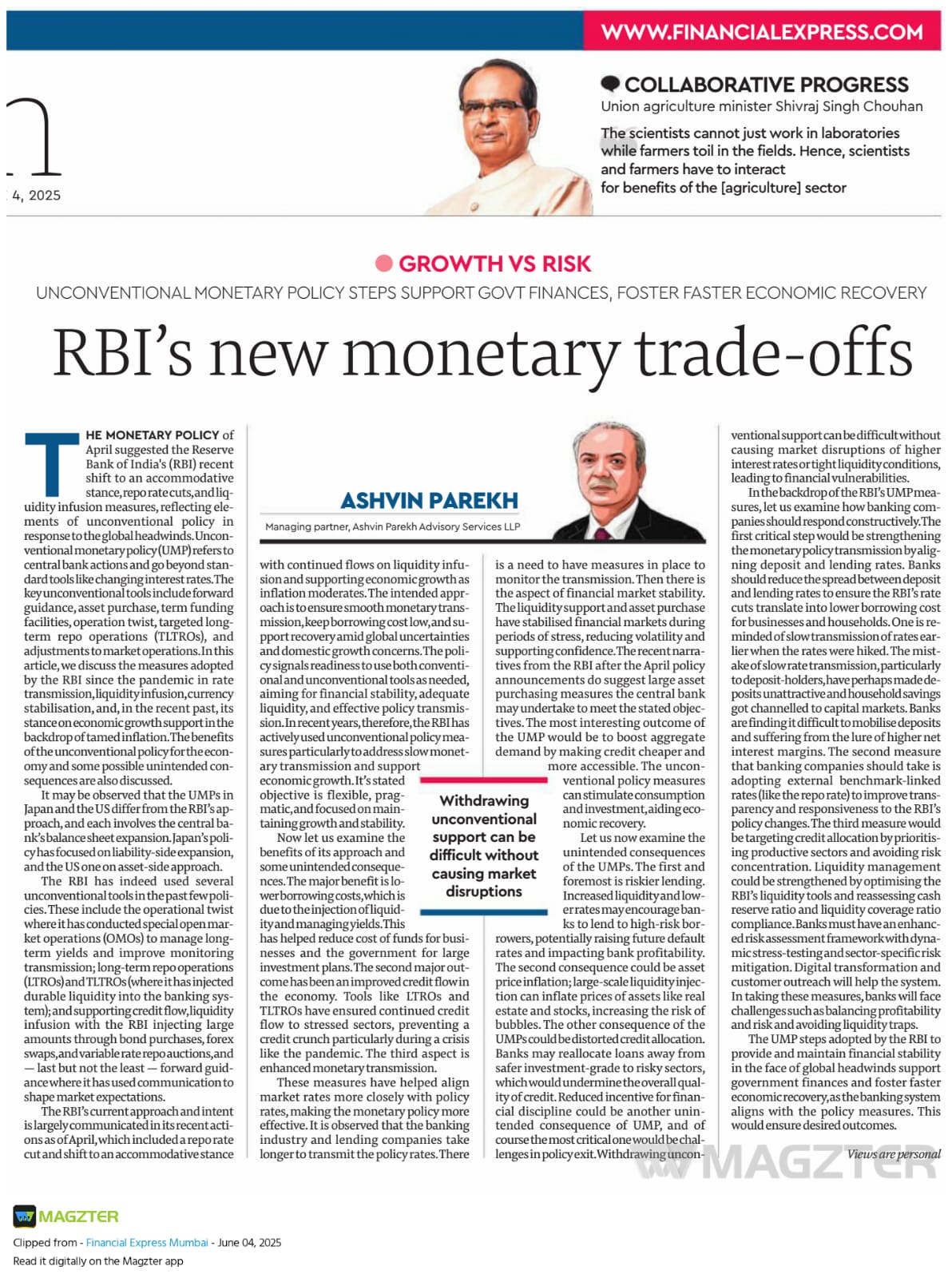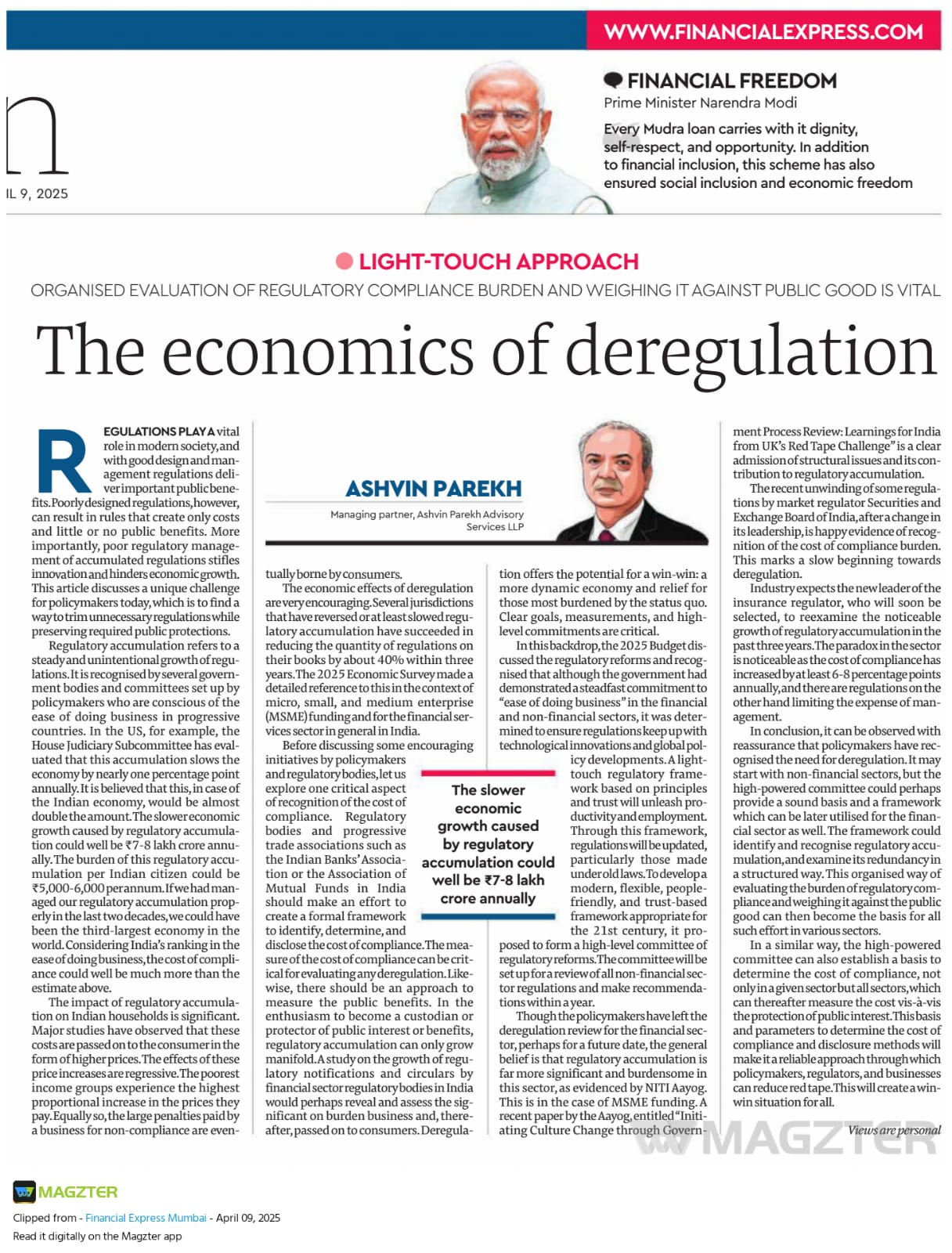by APAS Team
Share
by APAS Team
Share

What is P2P?
Peer to Peer lending or commonly referred to as P2P is a form of crowd funding, which leverages technology to match lenders to borrowers. The roots of P2P lending has been witnessed in pockets around various parts of the world throughout history, but was initially started in a formal setting with the help of technology by company called ‘Zopa’ in UK in 2005.
How it works?
P2P platforms do not lend or invest directly to the borrower, but act as an aggregator matching individuals according to their risk preference. In this process, borrowers are categorized based on their requirement and risk profiles, helping lenders take decision. The interest rate is set by mutual agreement between the borrower and lender.
These platforms often follow a reverse auction model in which the lenders bid for a borrower’s loan proposal and the latter has the freedom to either accept or reject the offer. Platforms also allow lenders to take up an entire exposure or a part of a loan, limiting their risk. Quick lending decisions coupled with minimum documentation adds flavor to their offering. Procedures of documentation is facilitated by these platforms and also provide other value added services like credit assessment, monitoring, recovery, etc. However, there are certain risks associated with this model. With majority of loans lent being unsecured and no prescribed fund protection or ring fencing, it exposes lenders to a high risk of defaults and loss of capital. Additionally, there have been concerns regarding the continuance of service in the event of the platform going out of business.
Global regulatory scenario
Globally, the P2P story has been a varied one, with many countries either regulating them completely or not, baring a few exceptions such as Japan and Israel where it is completely prohibited. Particularly, in the US and UK the regulators have a good monitoring framework in place. In the US, Securities and Exchange Commission (SEC) has made it mandatory for P2P platforms to register under its aegis and back up the credit extended with promissory notes. This action was the result of high default rate which made tough for the platforms to function during 2007-12. Eventually the growth story of P2P has been vibrant, also with the creation of a secondary market for such loans. Presently, Lending Club and Prosper are the leaders in the segment within the country as well as the world.
In the UK, Financial Conduct Authority (FCA) regulates these platforms and has mandated companies to ensure servicing of loans even if platform goes bust, with some of the lenders providing ring fencing. According to the Peer to Peer Finance Association (P2PFA), lending through this platform has grown dramatically from 2.2 million GBP in 2012 to 4.4 billion GBP in 2015.
On the contrary, in China, where P2P is not regulated, in spite of witnessing a burgeoning growth in the number of players, it has been affected by a string of fraud and mismanagement, particularly in the case of $7.6 billion scam by P2P lender Ezubao. Triggering its government and regulators in action, this incident served as an excellent case of the dangerous side-effects of an unregulated P2P platforms in the market.
Indian context
In India, the P2P concept is still in its nascent stages, with very few platforms like Lendbox, Faircent, i2iFunding, etc. in the fray. Its potential to cater to the masses, who are denied mainstream financial services, is seen as an excellent remedy for India, which is going through a revolution in this industry, with inclusion as its cornerstone.
These platforms present lenders in the country with a unique opportunity, giving them the flexibility in their investment strategies. Starting with minimum investment sums as low as INR 5000 and options to diversify their portfolio among a broad range of credit pools, earlier unavailable to investors in this segment.
Furthermore, it also enables them to invest in areas of their expertise or lend to people in familiar situations, in an organized manner.
In case of borrowers, there is disconnect between the masses and formal sources of finance, making them victims to exorbitant rates from informal sources. With diverse requests of individuals, ranging from marriage to home improvements loans are not being catered effectively, P2P platforms show promise to fill the void. It also extends support to the credit starved MSME segment.
Acknowledging its potential and impact, the RBI has come out with a consultation paper in seeking views from various stakeholders to create an effective regulatory regime for the P2P platforms. The paper puts forth the idea that these players will be incorporated as NBFCs and adhere to their minimum capital requirements of INR 2 crore. The other areas of focus for RBI are money laundering and levels of interest rate to avoid any deleterious effect on the economy as well as the borrowers.
To sum it up, globally the P2P story has just begun and has miles to cover to become a dominant force in the financial services market. Particularly in India, things get more interesting as its impact on the economy as well as in the lives of the people are substantial. One has to wait to witness, whether P2P goes on to serve as a panacea to India’s financial inclusion aspirations.
STAY IN THE LOOP
Subscribe to our free newsletter.
The slower economic growth caused by regulatory accumulation could well [...]
Navigating the Future of Consulting: The Role of Digital Transformation [...]



